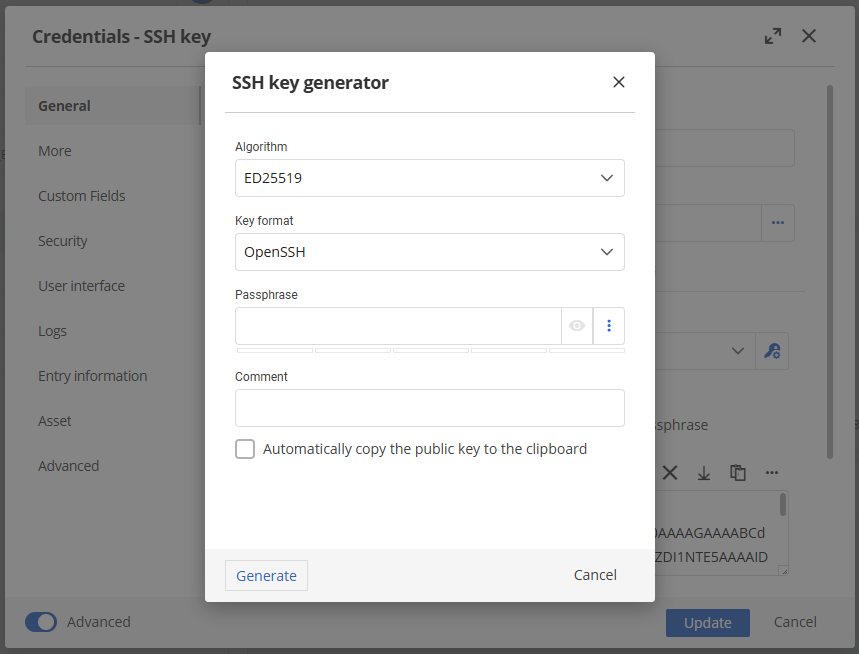What's New in DVLS 2025.2
Thank you for updating Devolutions Server to version 2025.2!
For the full list of changes, check out the release notes.
Here’s a quick look at the most exciting updates:
DVLS synced notifications with RDM & Workspace
To ensure everyone stays on the same page, DVLS notifications are now synced with RDM & Workspace. Critical notifications, pending approvals, and informational messages are now visible directly in RDM—no need to open the DVLS web interface.
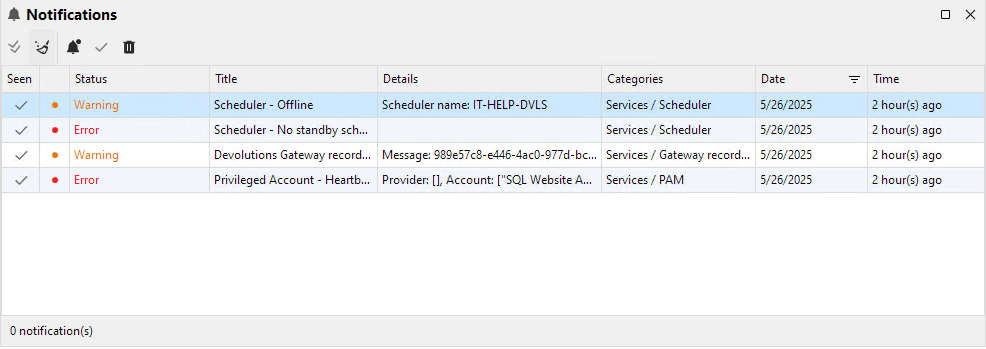
New privileged sessions view
We’ve introduced a new centralized privileged sessions view to help you monitor and manage active privileged sessions across your Devolutions environment. Shadow sessions in real time to see exactly what’s happening, while managing remote session recordings—all in one place. Users with the appropriate permissions can even end active sessions quickly when needed!
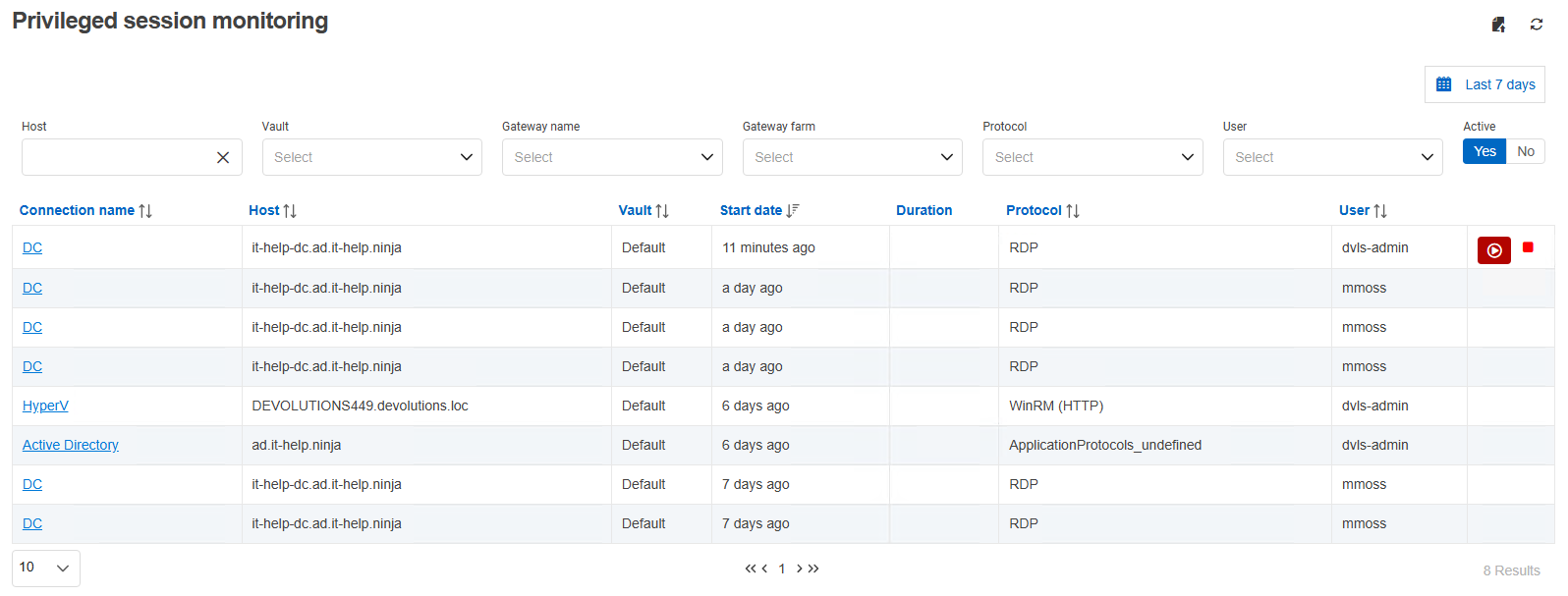
Optional check-in/check-out PAM accounts
To support a variety of workflows, you can now configure a PAM account to bypass the check-out requirement for password retrieval. This allows you to view the password without triggering a reset—ideal if you want quick access but prefer to schedule password resets overnight or on demand.
To enable this behavior, ensure that the Vault-level check-out policy is set to None. Then, simply view the password from the PAM account as needed.
Addition of a new AWS PAM provider
The new AWS PAM provider allows you to rotate passwords and token accounts within your AWS environment. Simply choose the search method and select the accounts to quickly rotate them as needed.
Rotate passwords with the PostgreSQL PAM provider
We’ve introduced a new PostgreSQL database PAM provider. With this addition, you can now generate audit logs for PostgreSQL account password changes—something PostgreSQL does not natively support. By using the new PAM provider, you can significantly improve your audit compliance.
New deleted users view
To support identity provider (IdP) synchronization and overall user management, DVLS now includes a deleted users view. Users removed from your IdP will also be removed from DVLS—but with the option to easily restore them if needed. User vaults will also be restored, provided they haven’t been transferred to a shared vault (which can occur when a user is manually deleted in DVLS).

Specific permission support VPN/SSH/Gateway and recording entry section
In the latest release, we've added specific permission support for the VPN/SSH/Gateway, and session recording sections within an entry. You can now define who can edit these sections—making it easier to share accounts with limited editable properties, without risking connection integrity.
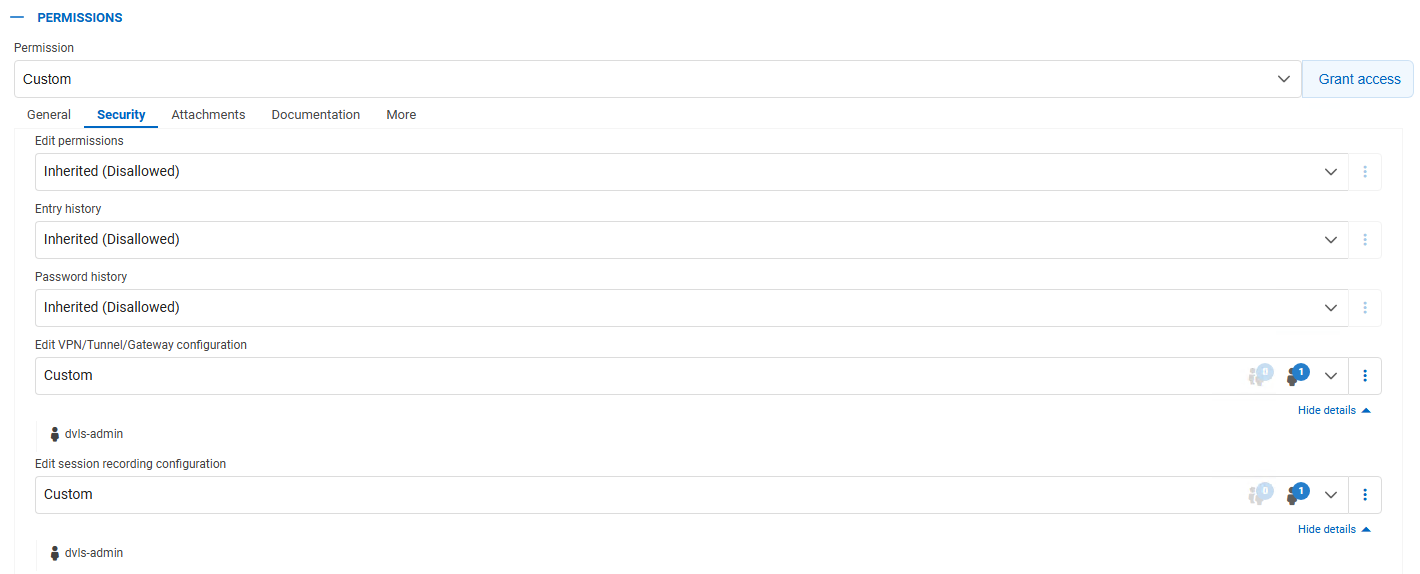
Sealed entry support for linked credentials
Originally introduced a few versions ago, sealed entries provide a “break the glass” warning and alert for sensitive entries. However, until now, sealed linked credentials were not supported. With this release, you can now link sealed credentials—complete with prompts and alerts—making them easier to use in emergency scenarios.
Message user groups in DVLS
You can now create in-app messages for DVLS user groups, as well as message user groups within the “Report an issue” feature to report broken functionality. This new support for user group messaging enhances functionality by enabling secure, direct communication within DVLS.
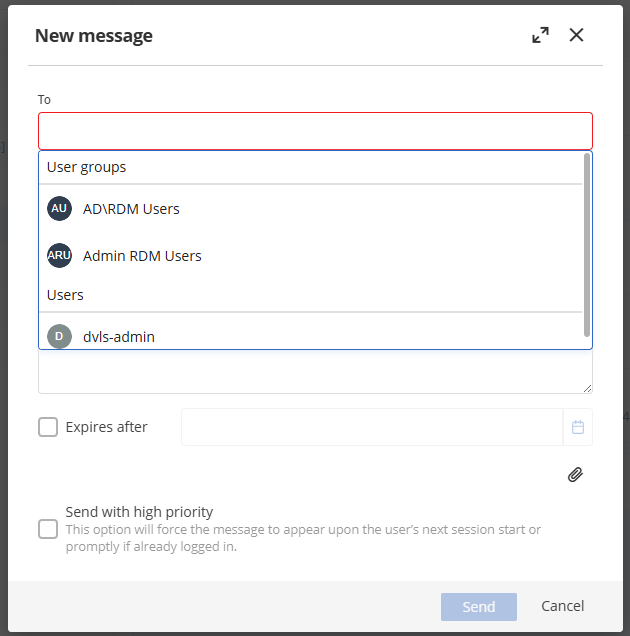
Use host credentials for linked host entries
One of the most powerful features in the Devolutions ecosystem is linking. For example, you can create a host entry and link it to multiple session types—such as RDP, SSH, and PowerShell. When the host is updated, all linked sessions are updated automatically.
Previously, credentials linked to a host did not carry over to the linked sessions. With this release, host-linked credentials now propagate to those sessions—making it much easier to manage and update large numbers of sessions when everything is properly linked.
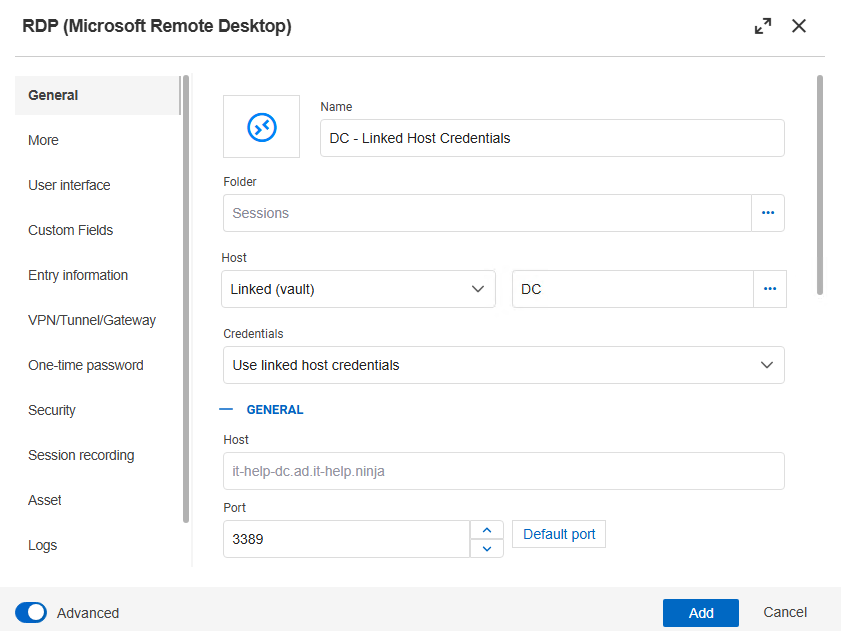
Windows to Linux migration support
With the recent release of the Devolutions Server for Linux beta, we recognized the need for a way to help you migrate from a traditional Windows-based DVLS installation to a Linux-based one. Thanks to new support for exporting unencrypted encryption keys from the DVLS console and PowerShell cmdlets, you can now migrate seamlessly between operating systems.
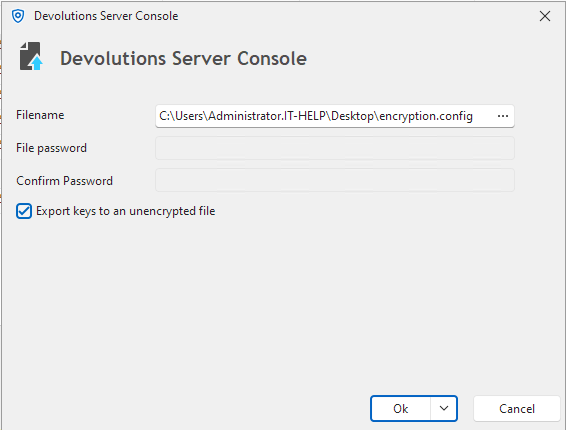
Available in the 2025.1.5 release of the Devolutions.PowerShell module, the new Export-DPSEncryptionKeys and corresponding Import-DPSEncryptionKeys cmdlets allow you to migrate your encryption keys with ease. Export your keys from an existing Windows installation, import them into your new DVLS Linux (Beta) instance, and migrate your database for use on Linux.
Don’t forget to update your Devolutions.PowerShell module with the Update-Module -Name 'Devolutions.PowerShell' command!
Windows - PowerShell 7
Import-Module -Name 'Devolutions.PowerShell
$existingDVLSInstance = 'C:\my\path\dvlsInstance\'
$destination = 'C:\other\path\encryption.config'
Export-DPSEncryptionKeys -ApplicationPath $existingDVLSInstance -Destination $destination
Linux - PowerShell 7
Using the copied export file from Windows to Linux, you can use RDM to connect SFTP and transfer from Windows to Linux!
Import-Module -Name 'Devolutions.PowerShell
$newDvlsInstance = '/home/user/linuxDlvsInstance'
$keysToImport = '/path/to/encryption.config'
Import-DPSEncryptionKeys -ApplicationPath $newDvlsInstance -Filename $keysToImport
Configure recording settings in DVLS with RDM override
You can now enforce consistent session recording settings across all RDM clients by configuring the frame rate and recording options at the server level. These server-side settings override individual RDM session configurations, ensuring that all users follow a unified setup.
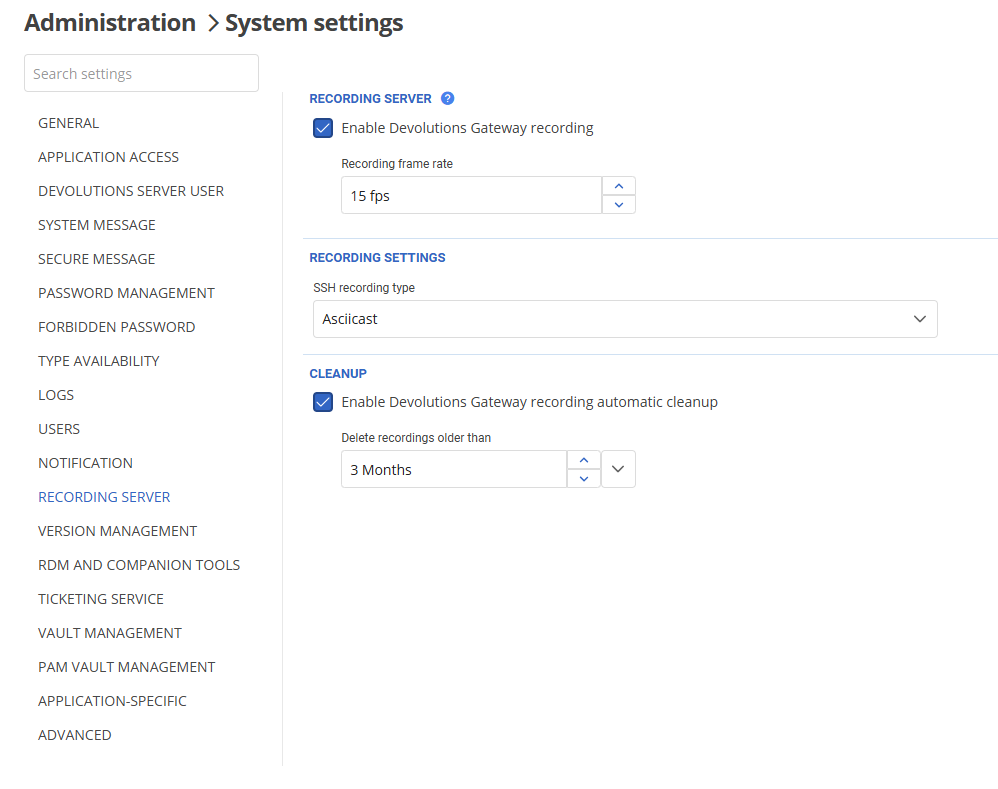
Azure Sentinel logging support
You can now ship your logs to Azure Sentinel. As with our other log integrations, this can be configured directly in DVLS. Use the powerful Azure Sentinel service to store, query, and analyze your DVLS logs.

Improved duplicate folder
It's now easier than ever to duplicate items in DVLS—you can quickly copy a folder and all of its contents. This makes it simple to duplicate items across users and vaults, helping you set up your environment exactly the way you want it.

Improved SSH key entry, generate keys in the web interface
With the improved SSH key entry, you can now modify, store, and quickly rotate your SSH keys—directly from the web interface!
